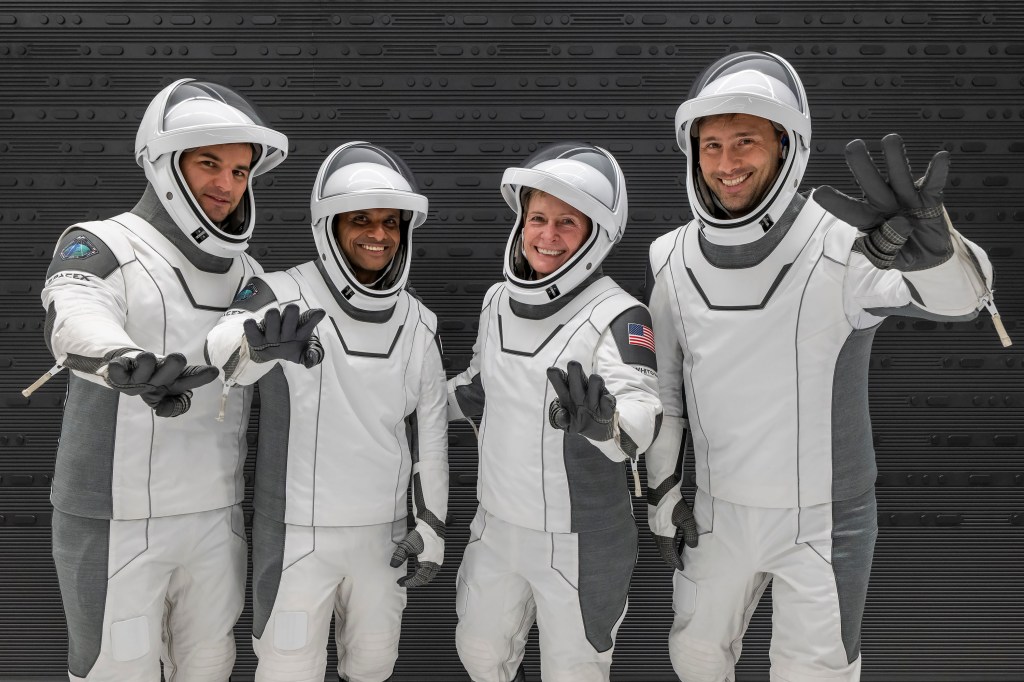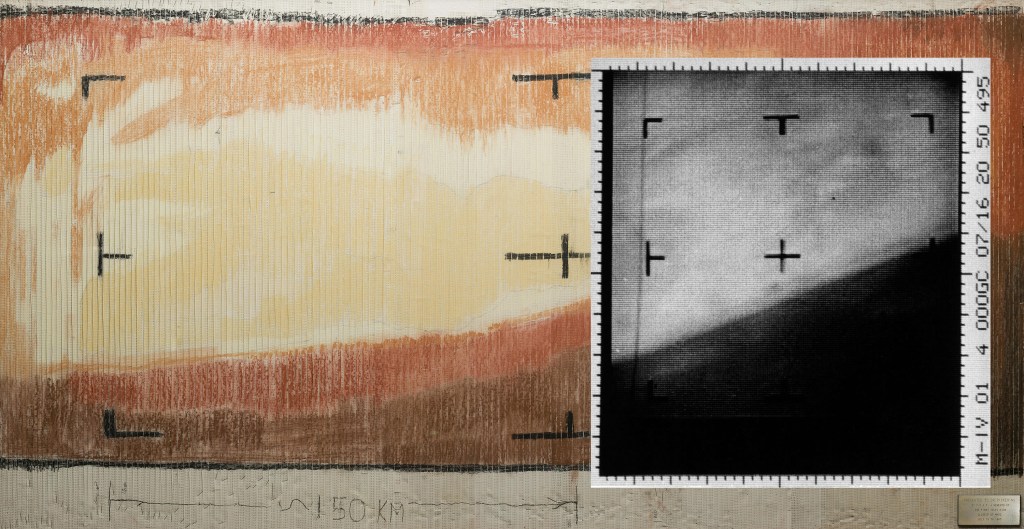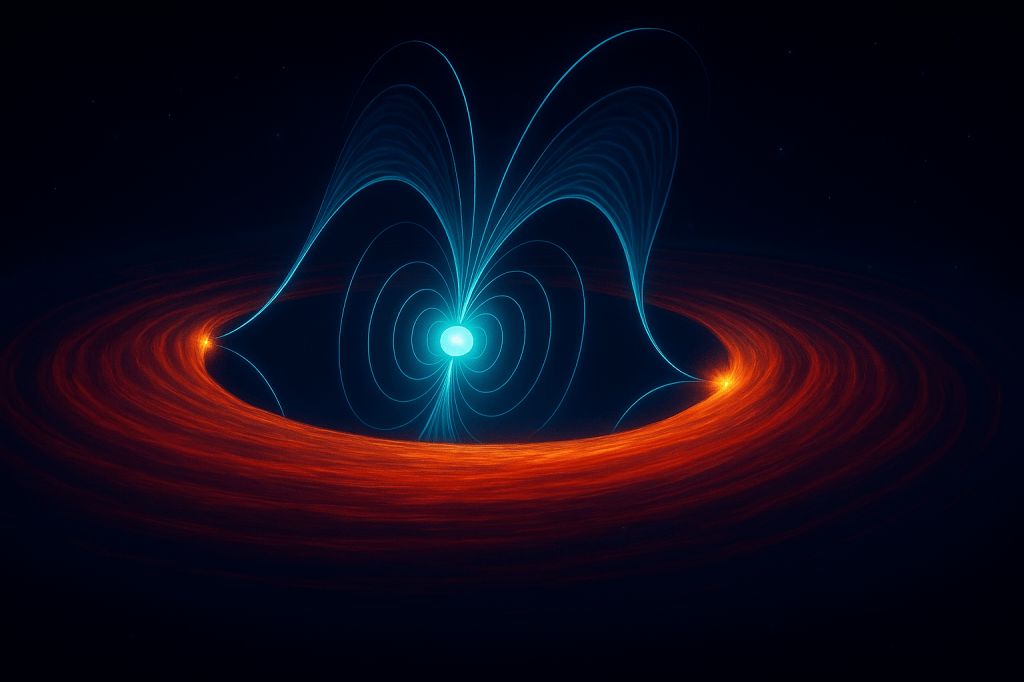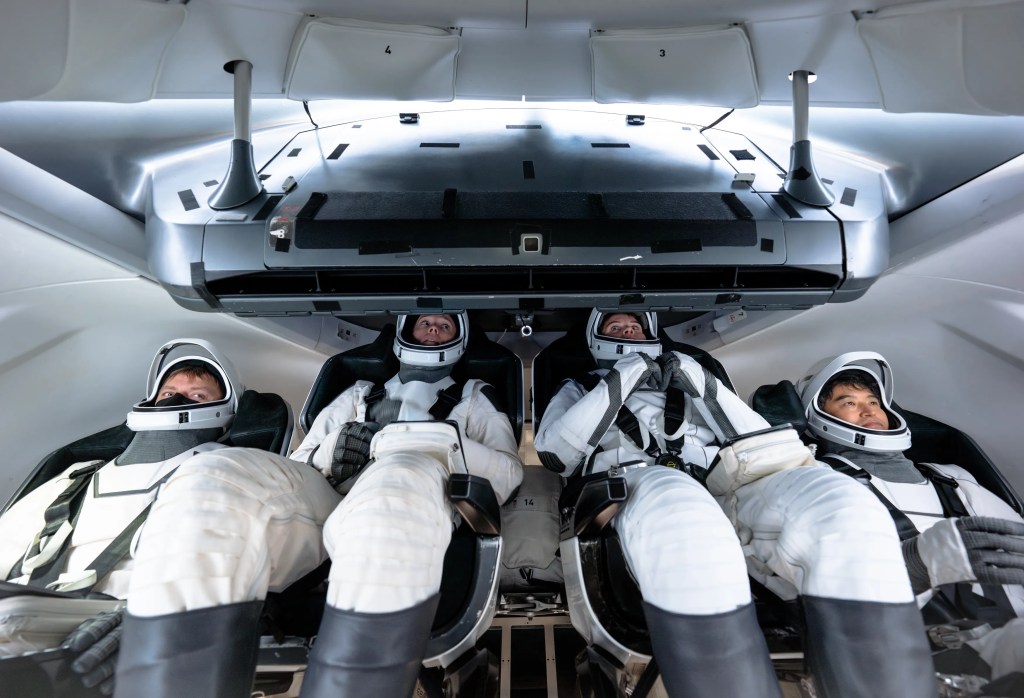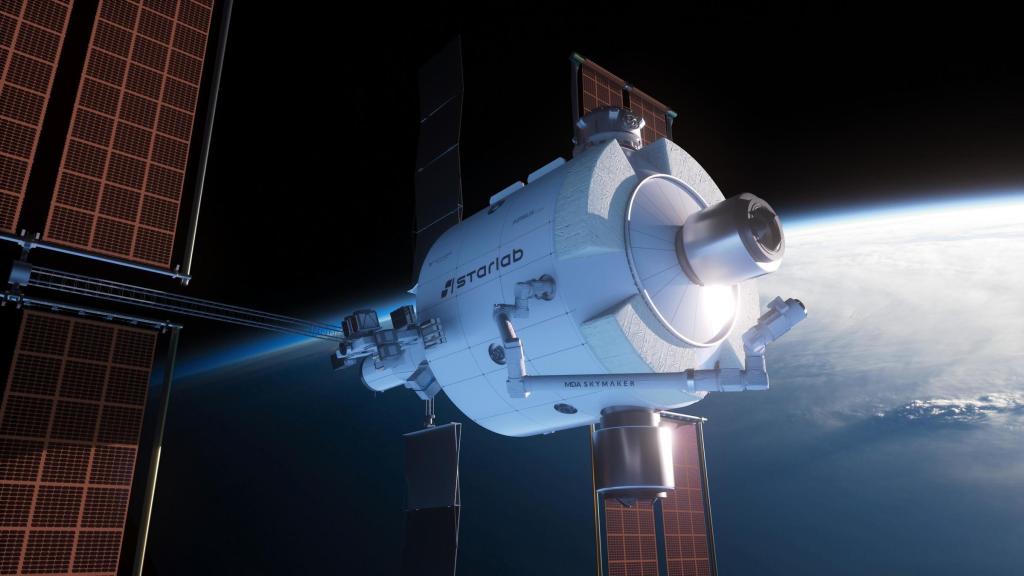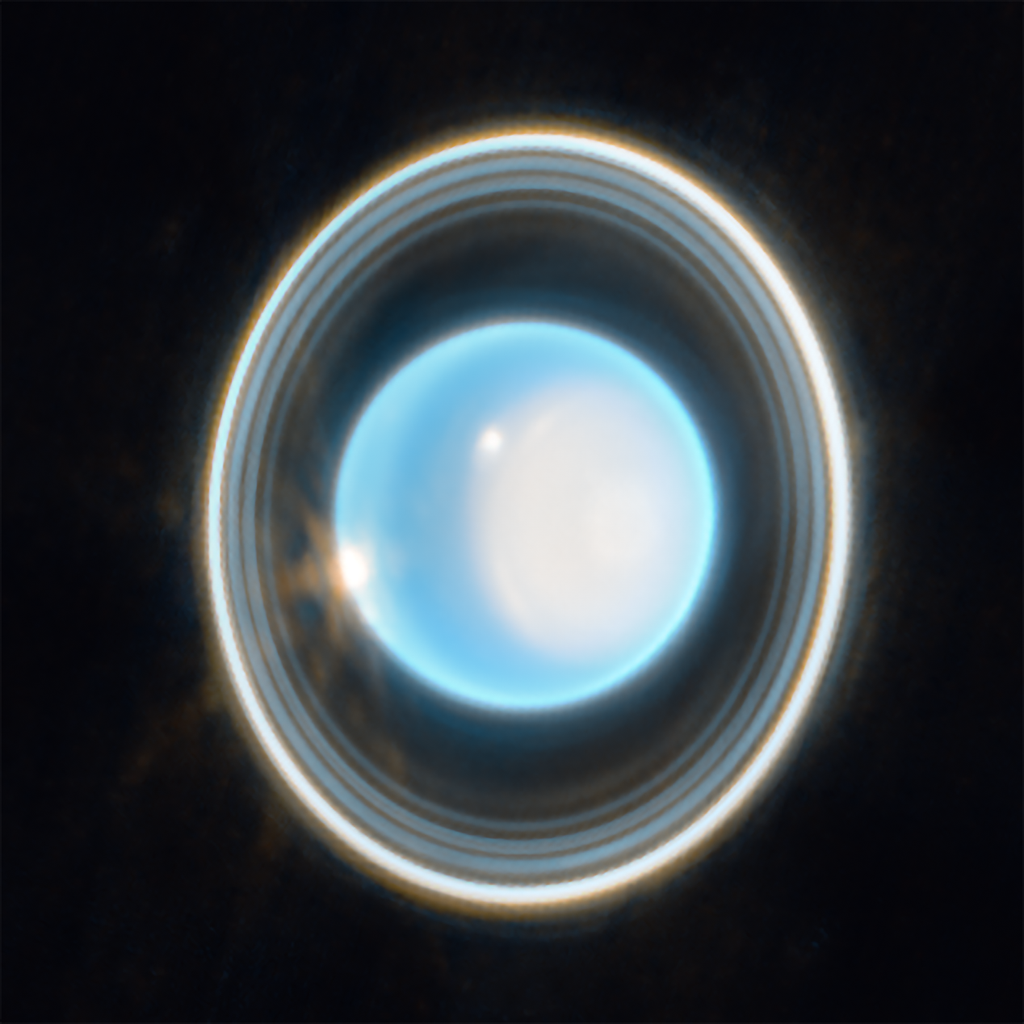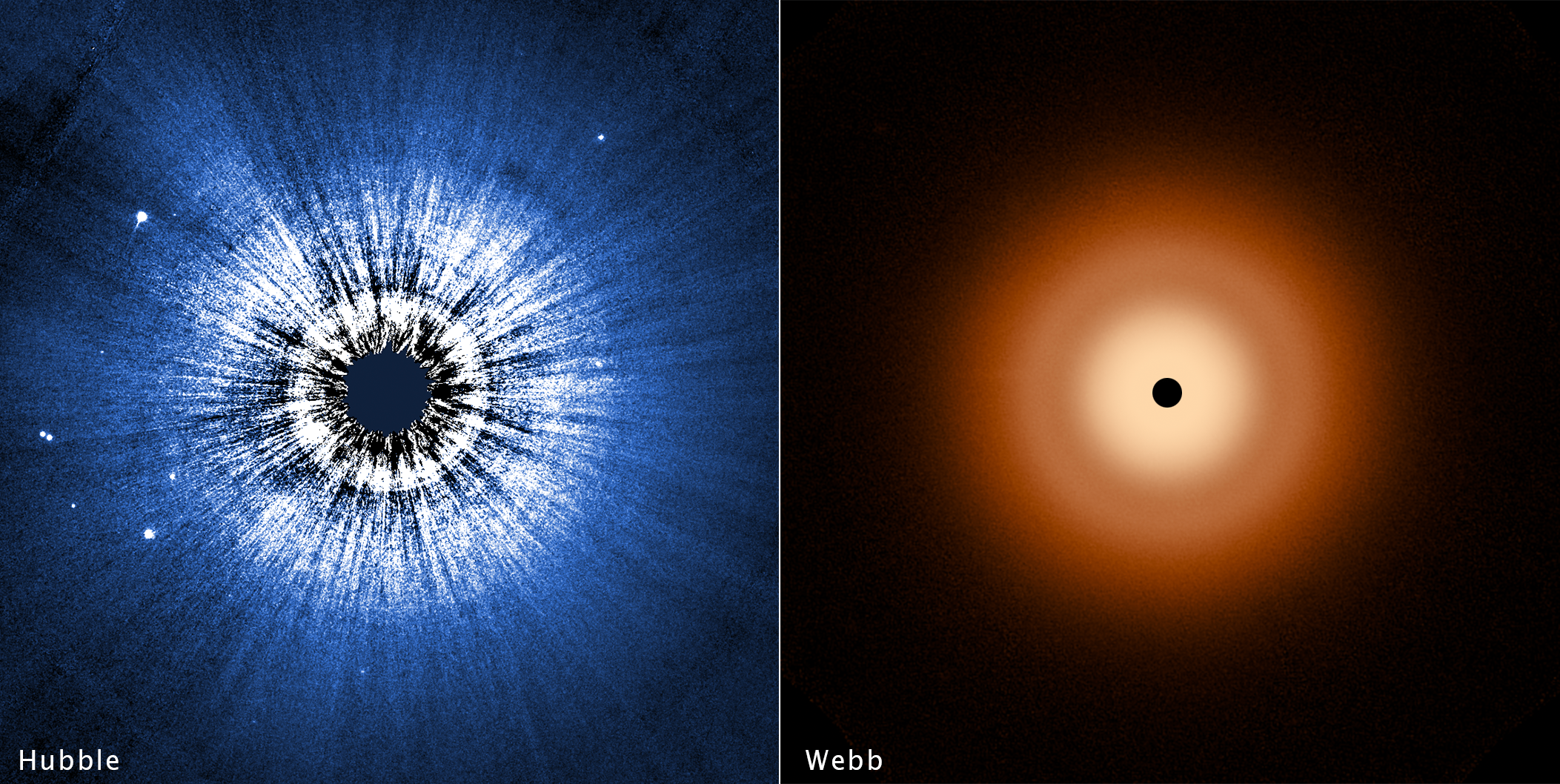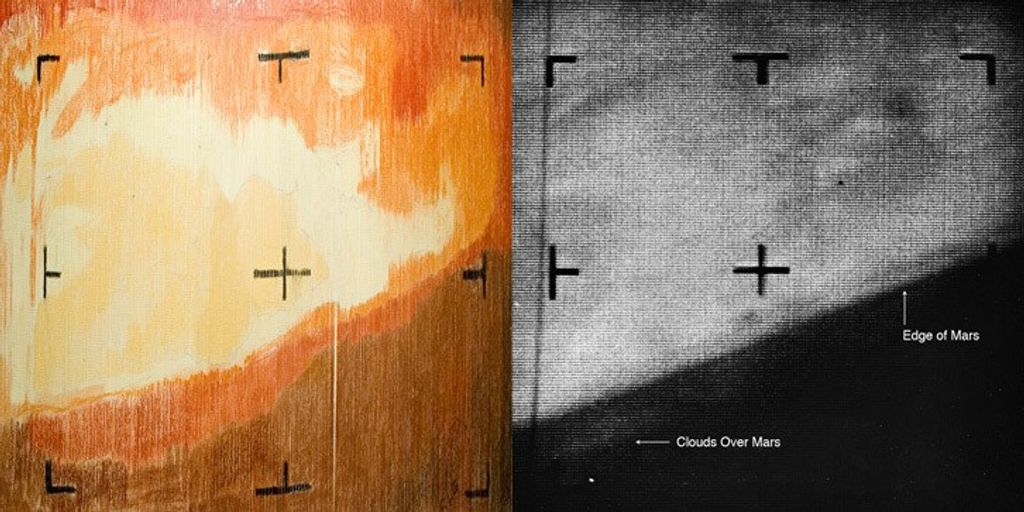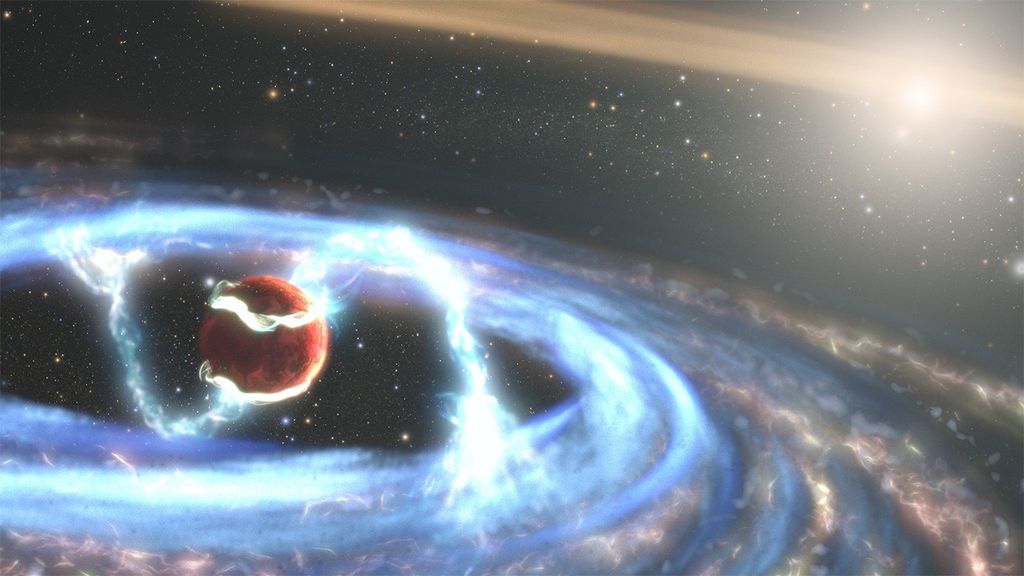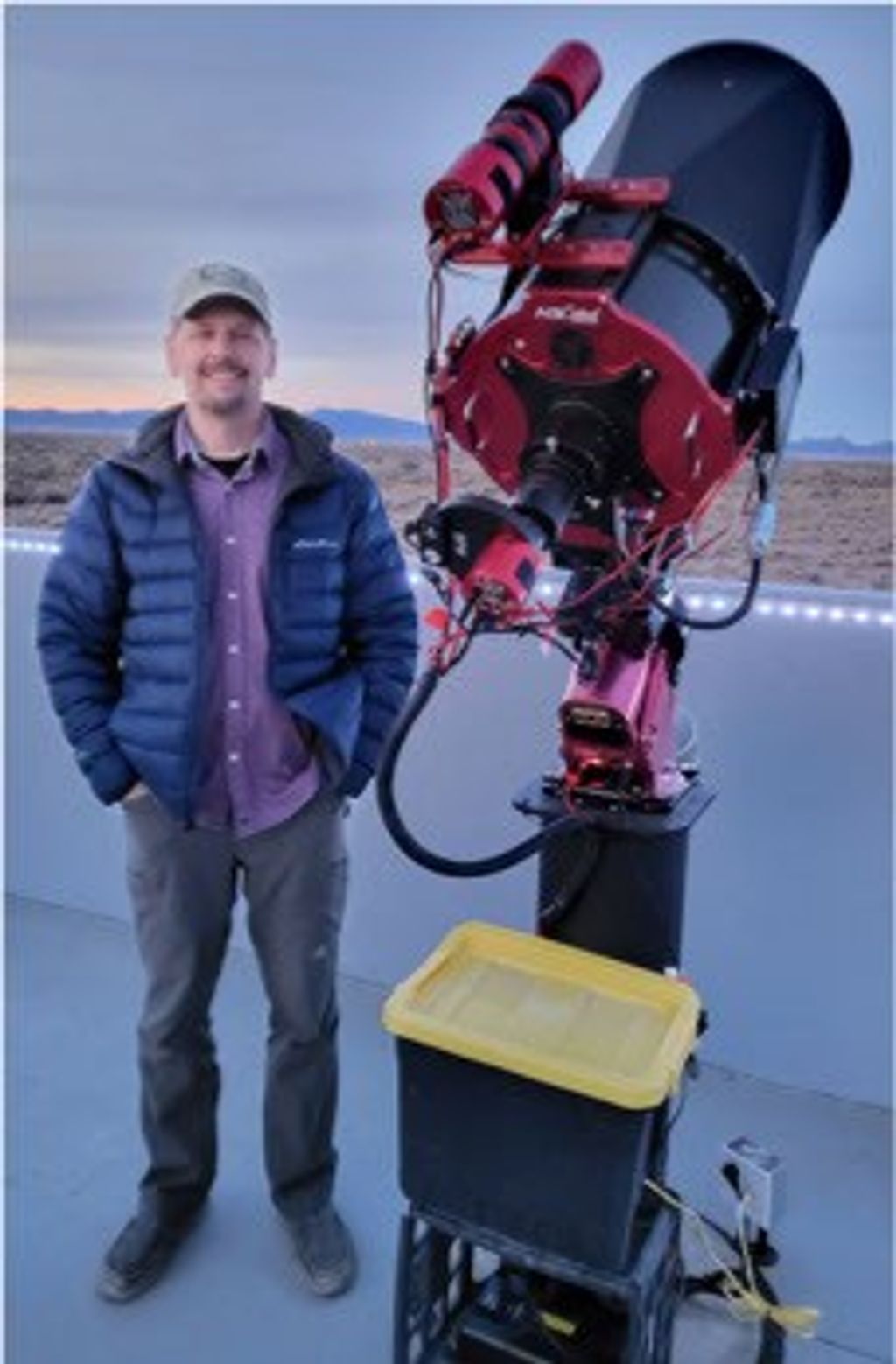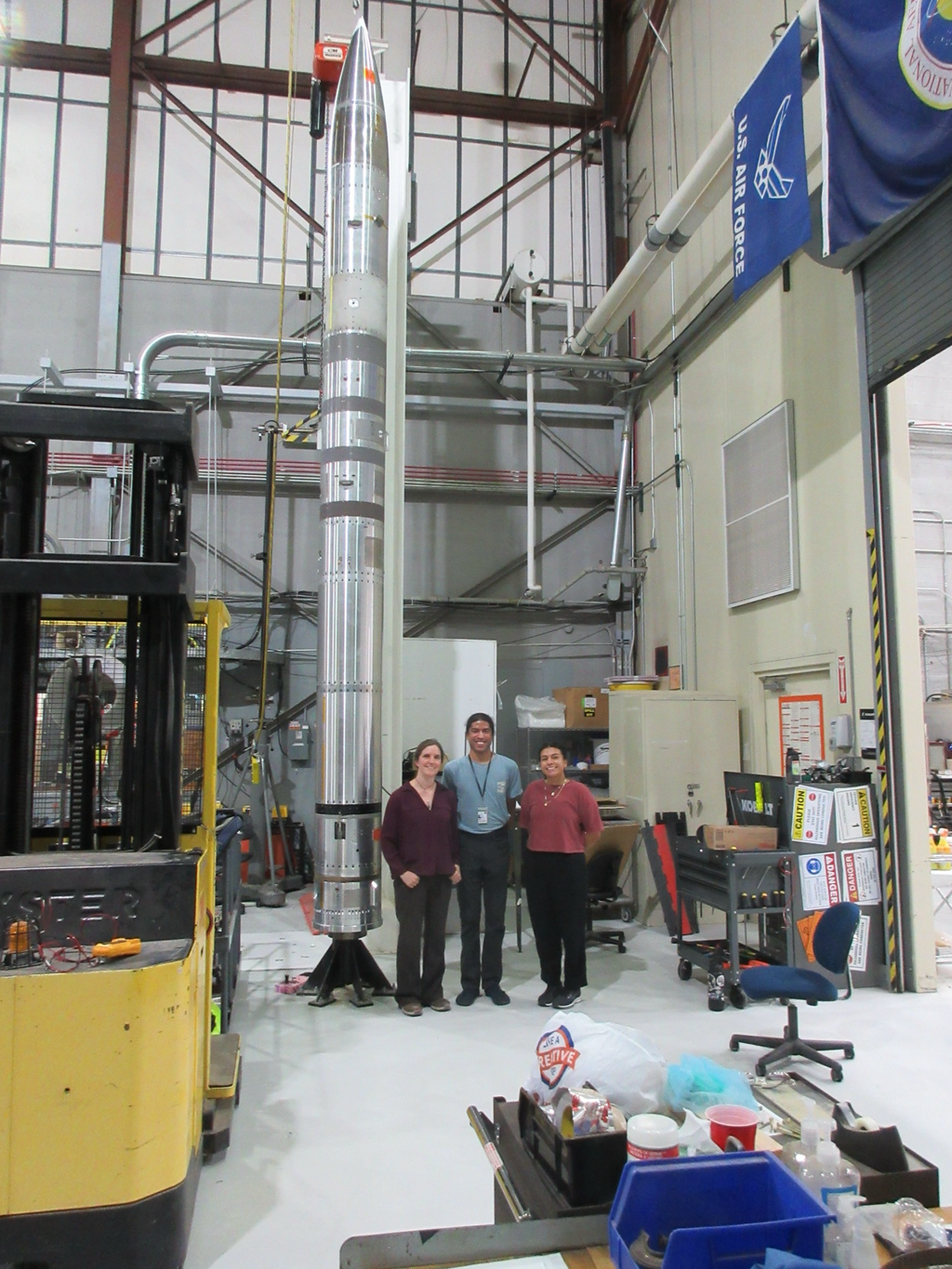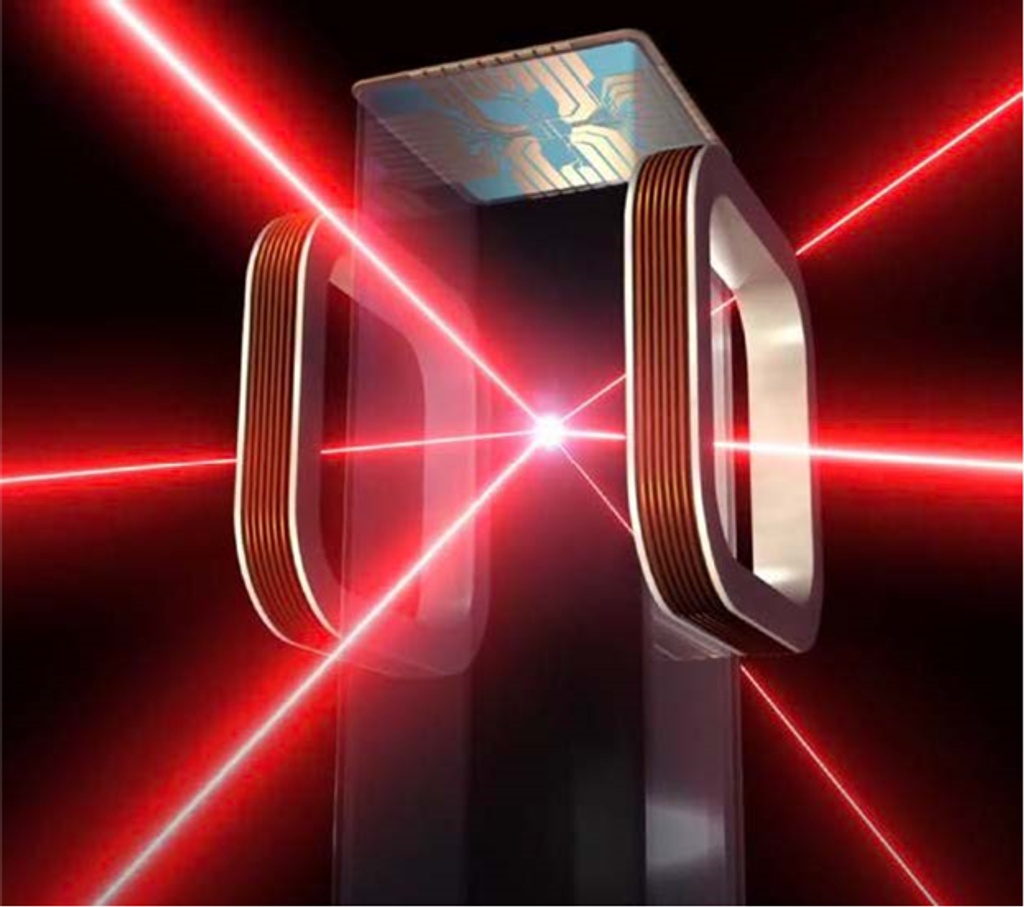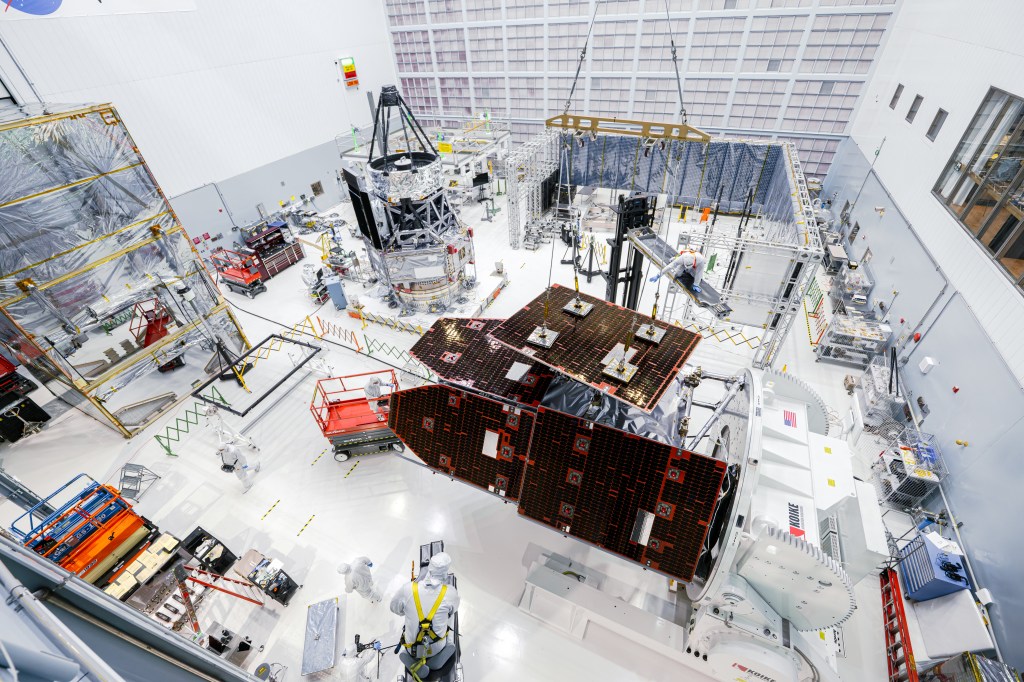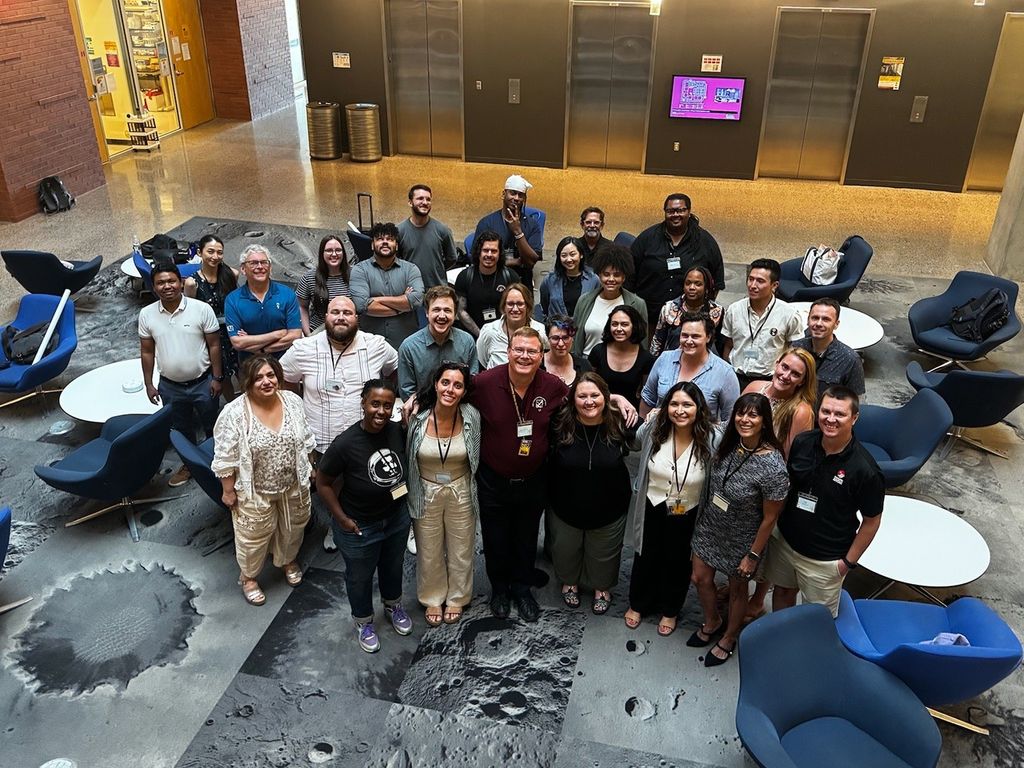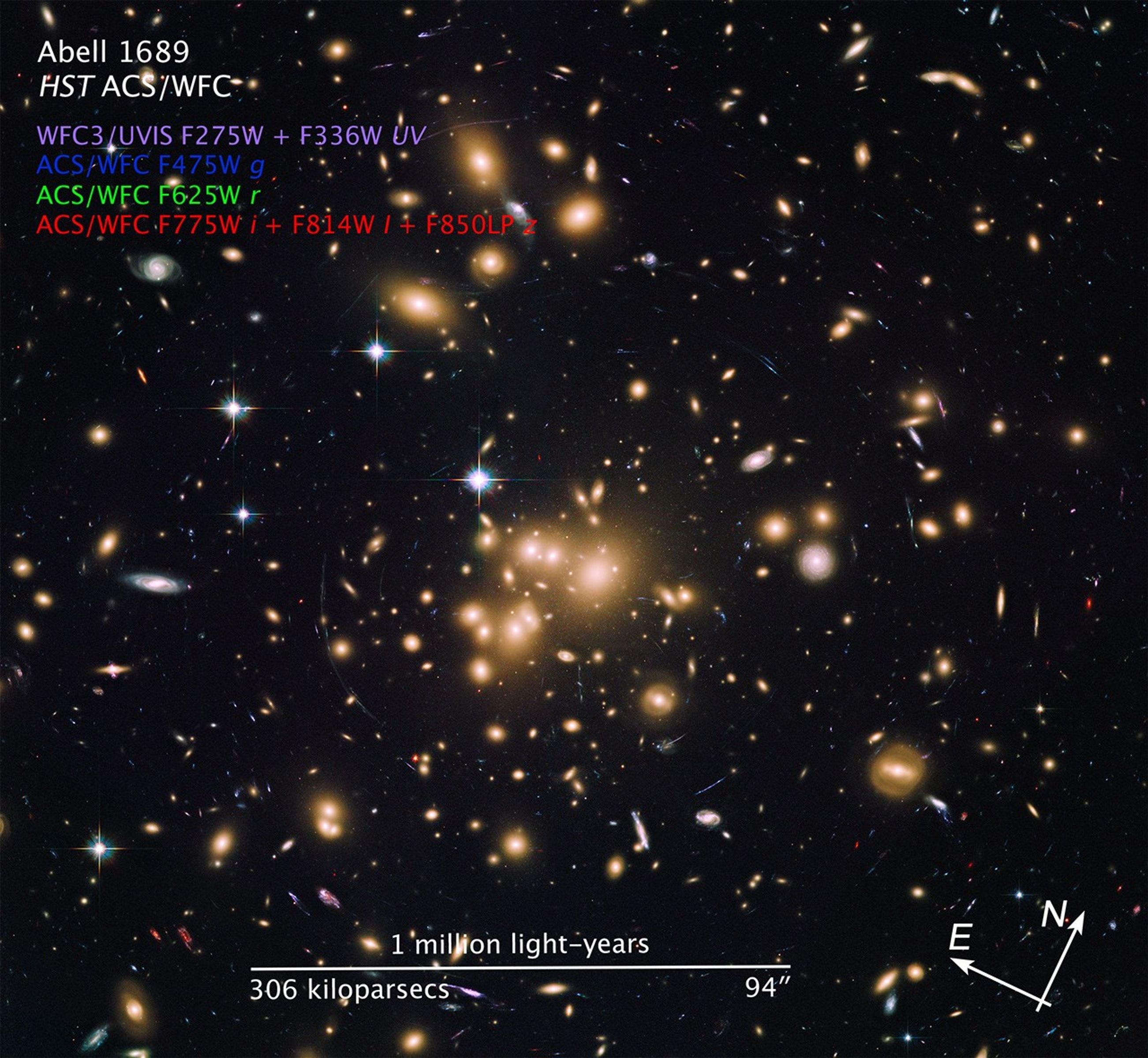1 min read
Galaxy Cluster Abell 1689 and Distant Galaxies
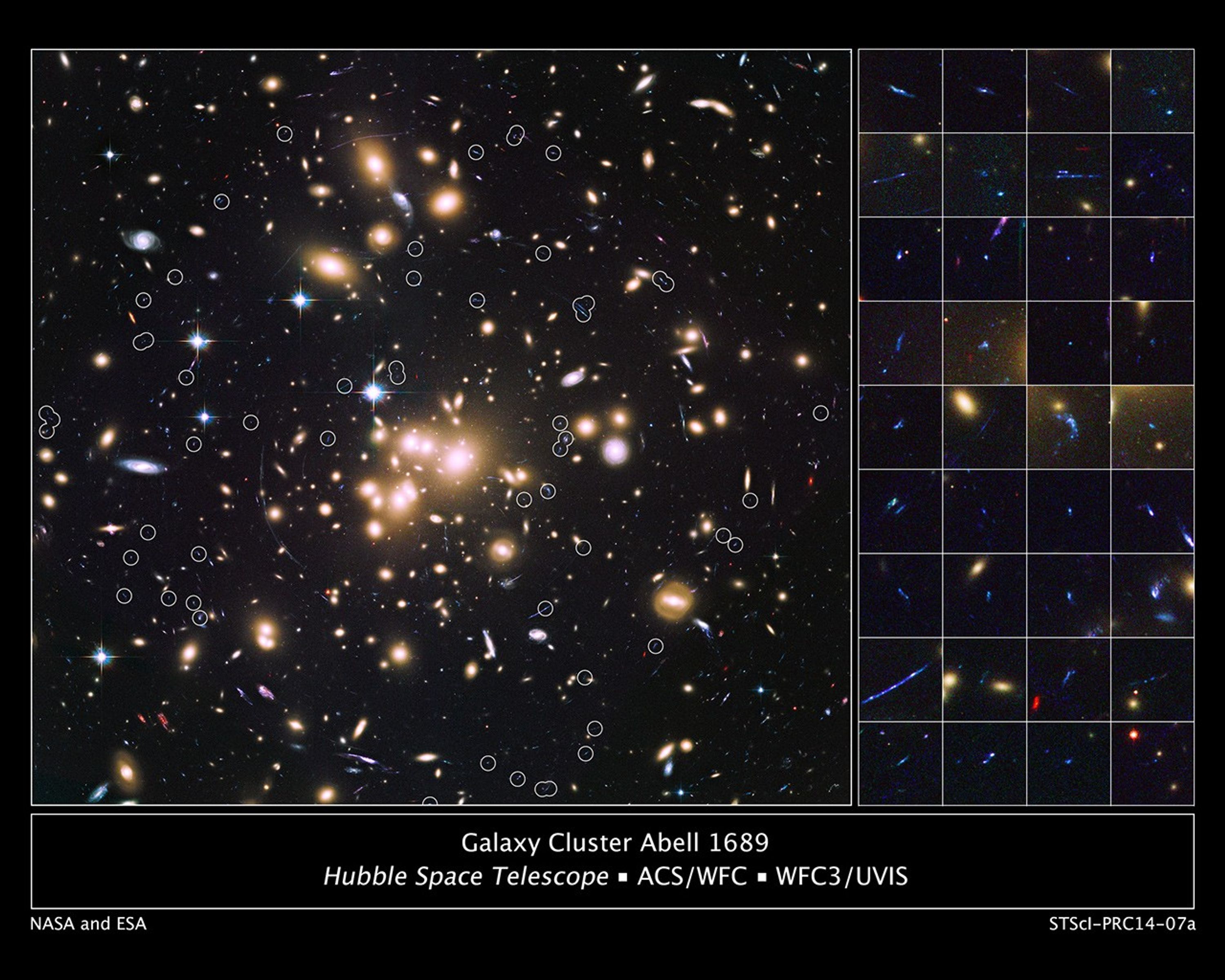
Astronomers used the sharp eye of NASA's Hubble Space Telescope and the magnification power of the giant cluster of galaxies Abell 1689 to find 58 remote galaxies. They are the smallest, faintest, and most numerous galaxies ever seen in the remote universe.
The white circles sprinkled throughout the image of the galaxy cluster on the left pinpoint the location of the magnified images of most of the faraway galaxies. The image is a blend of exposures taken by Hubble's Advanced Camera for Surveys and Wide Field Camera 3. Seeing the tiny galaxies mixed in with the cluster galaxies is an illusion. They are actually far away from Abell 1689. Hubble photographed the distant galaxies as they appeared more than 10 billion years ago, during the heyday of star birth.
The galaxies would normally be too faint for Hubble to see. To detect them, astronomers teamed Hubble with Abell 1689, which magnified the light from the galaxies behind it due to a phenomenon called gravitational lensing. Gravity warps space, acting like a giant funhouse mirror to stretch and brighten distant objects, allowing Hubble to resolve them.
The postage-stamp-sized images on the right show 36 of the distant galaxies. Their bright blue color reveals that they are ablaze with star birth. Hubble's Wide Field Camera 3 captured these images of the galaxies in ultraviolet light, a reliable tracer of star birth. The Hubble analysis shows that they are irregularly shaped and measure just a few thousand light-years across. These galaxies are about one-tenth the mass of the typical progenitors of galaxies like our Milky Way.
Abell 1689 is 2.5 billion light-years from Earth.
- Release DateJanuary 7, 2014
- Science ReleaseHubble Unveils a Deep Sea of Small and Faint Early Galaxies
- Credit
Share
Details
Claire Andreoli
NASA’s Goddard Space Flight Center
Greenbelt, Maryland
claire.andreoli@nasa.gov


